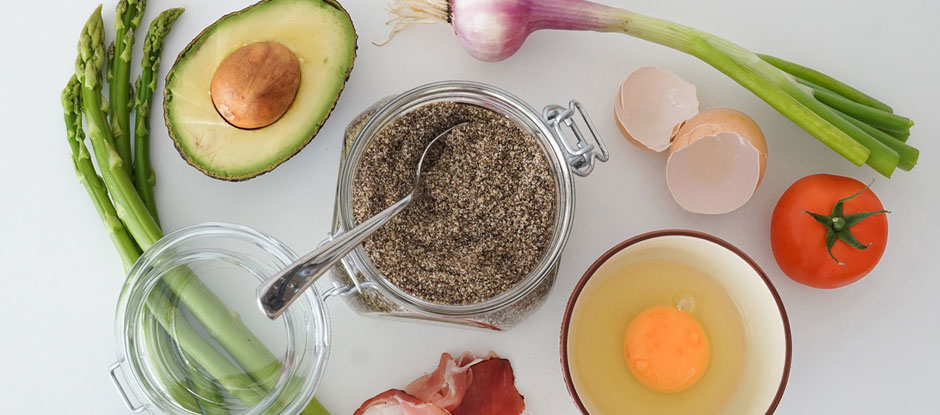In 2016, we saw everything from meat-only barbecue restaurants to Hawaiian poke and tacos, tacos, tacos. So if last year was the time of the corn tortilla, what’s in store for the next 12 months?
We asked our 50 Best Academy Chairs, the food industry experts around the globe who pick the panels of voters for The World’s 50 Best Restaurants, for their predictions.
1. House-fermented hot sauces
2017 is the year for fermented hot sauces made in-house at restaurants, says Pat Nourse, our Academy Chair for Australia, Oceania and New Zealand. The likes of Ester in Chippendale, New South Wales, are spicing up dishes such as their fine and crisp cheddar pie, while at Momofuku Seiobo in Sydney, fermented sauce is applied to the briny jelly of a swordfish spine. Australians are also rethinking XO chilli sauce, remixing it with Australian ingredients or making veggie versions.
2. Natural wines
In Asia, it started with Restaurant André and its tightly curated list of natural French wines. Now the trend for biodynamic and organic wines has taken off across the region, with Julien Royer’s Odette showcasing an exciting selection from boutique producers. Even Cheek by Jowl, a relatively modern Australian eatery also in Singapore, is jumping on the bandwagon, says Evelyn Chen, Academy Chair for South-East Asia (South). Natural wines are also taking off in Spain, says Cristina Jolonch, our Academy Chair for Spain and Portugal.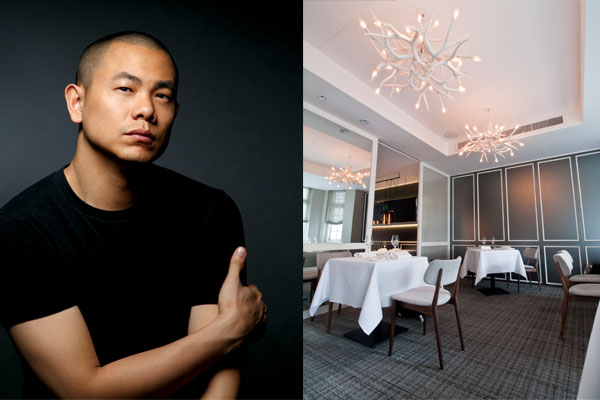
André Chiang at Restaurant André
3. Vegetables
In 2017, the vegetable is King. After finding a good home for 600 lbs of “ugly veg” at his wastED pop-up in New York in 2014, Blue Hill at Stone Barns chef-owner Dan Barber is bringing the food waste concept to London, making use of the nobbly, forgotten vegetables that are regularly discarded by supermarkets and other restaurants. We expect great things from the cook who brought carrot steak to the world.
Meanwhile, vegetarian and vegan restaurants are flourishing everywhere from India to Germany and not just in the big cities, says Christoph Teuner, our Germany Academy Chair. India Chair Rashmi Uday Singh recommends the new Tag Kitchen and Cellar by chef Ranveer Brar in Mumbai, or old-timer Joia in Milan, the world's first vegetarian restaurant to gain a Michelin star.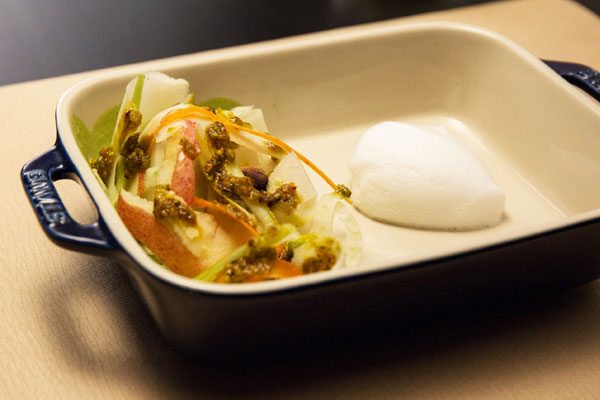
Dumpster Dive vegetable salad at wastED in New York (image courtesy of Blue Hill)
4. Raw food
Raw food is big and will be even bigger in 2017, both in grab-and-go locations and sit-down restaurants, says Steve Dolinsky, Academy Chair for Mid USA and Mid Canada. Recently opened Farmacy in London's Notting Hill serves options such as raw bruschetta, raw chocolate tart and raw banoffee pie; Raw in Chicago serves fresh spinach lasagne and garden burgers; and New Yorkers can barely move for raw, gluten-free and vegan options. By Chloe, a top hit in 2016 with its wholesome plant-based food and tempeh-lentil-chia burgers has already branched out across New York and Los Angeles and is opening new restaurants in Boston and Brooklyn.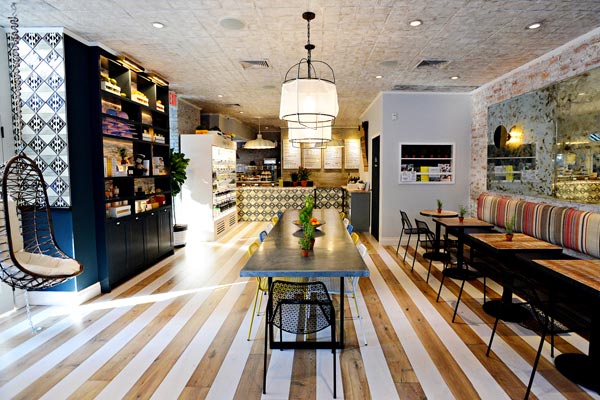
Inside By Chloe
5. Savoury desserts
In Austria, famous for its sweet desserts, there’s a trend for the more savoury finish to a meal – think beetroot, carrot or cheese for pudding. Alpine ingredients are also gaining in popularity, says Christian Grünwald, Academy Chair for Austria and Switzerland.
6. Everything smoked
This year has seen the rising popularity of restaurants like Burnt Ends in Singapore serving smoky, barbecued fare. The trend is spreading to Russia and in 2017 we’ll see chefs in Moscow and St. Petersburg smoking everything from fish, vegetables, beer and spices to cocktails and even desserts, says Andrey Zakharin, Academy Chair for Russia, Central Asia & Eastern Europe.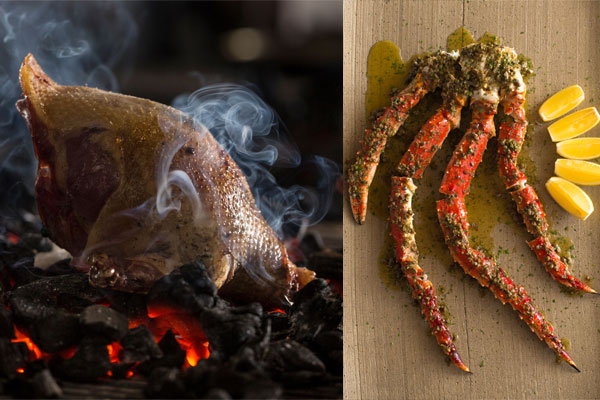
Smoked pigeon and king crab at Burnt Ends
7. Australiana
50 Best is heading to Melbourne in 2017, just in time for us to experience the revival of old-school Aussie products. Vegemite, meat pies, Jatz crackers and dip, potato scallops and other childhood favourites have all made the leap from the lunchbox to restaurant menus, says Pat Nourse.
8. 'Old local'
Chefs such as Virgilio Martínez at Central and Magnus Nilsson at Fäviken have been championing local produce for some time now, but the movement is set to go even further in 2017. In Turkey, Siyez, the oldest type of wheat in existence, once neglected and deemed unprofitable, is resurfacing in markets and restaurants, with artisan bakers now favouring it in bread, says Cemre Narin, our Academy Chair for Turkey, Greece and the Balkans. In Russia, chefs are also reviving old recipes and giving them new life with modern technologies, and pretty much every restaurant now uses local ingredients, according to Andrey Zakharin.
For the ultimate example, see Locavore in Bali, Indonesia, which entered Asia’s 50 Best Restaurants in 2016 at No. 49. The clue's in the name – chefs Eelke Plasmeijer and Ray Adriansyah source everything from the island, from oysters and abalone to seaweed butter and even the tableware.
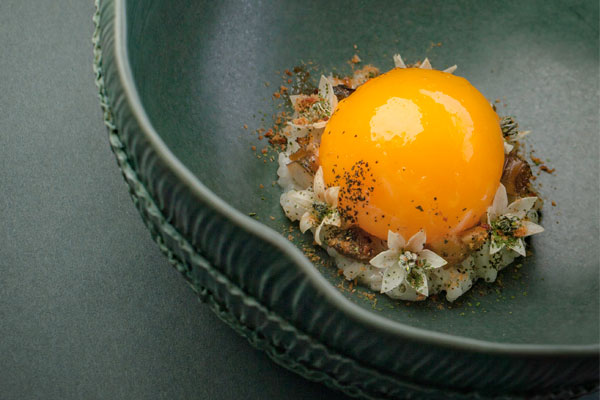
Into the Sawah at Locavore - savoury rice porridge made from Jatiluwih rice with snails that are cooked in garlic stock, a slow-cooked duck egg yolk,
And a few more possibilities:
In Japan, new-style tempura, or neo tempura; in Turkey, specialty Turkish coffee made with better quality beans and an improved prep technique; in Spain, cocktail pairings and more creative cocktail-making; in Australia, sheep beyond lamb – think mutton, hogget, jumbuck and other older beasts; in India, sushi and sashimi and farm-to-table dining; and in the US, black garlic, pickled veg and unusual roasted root veg – think fennel and kohlrabi.
